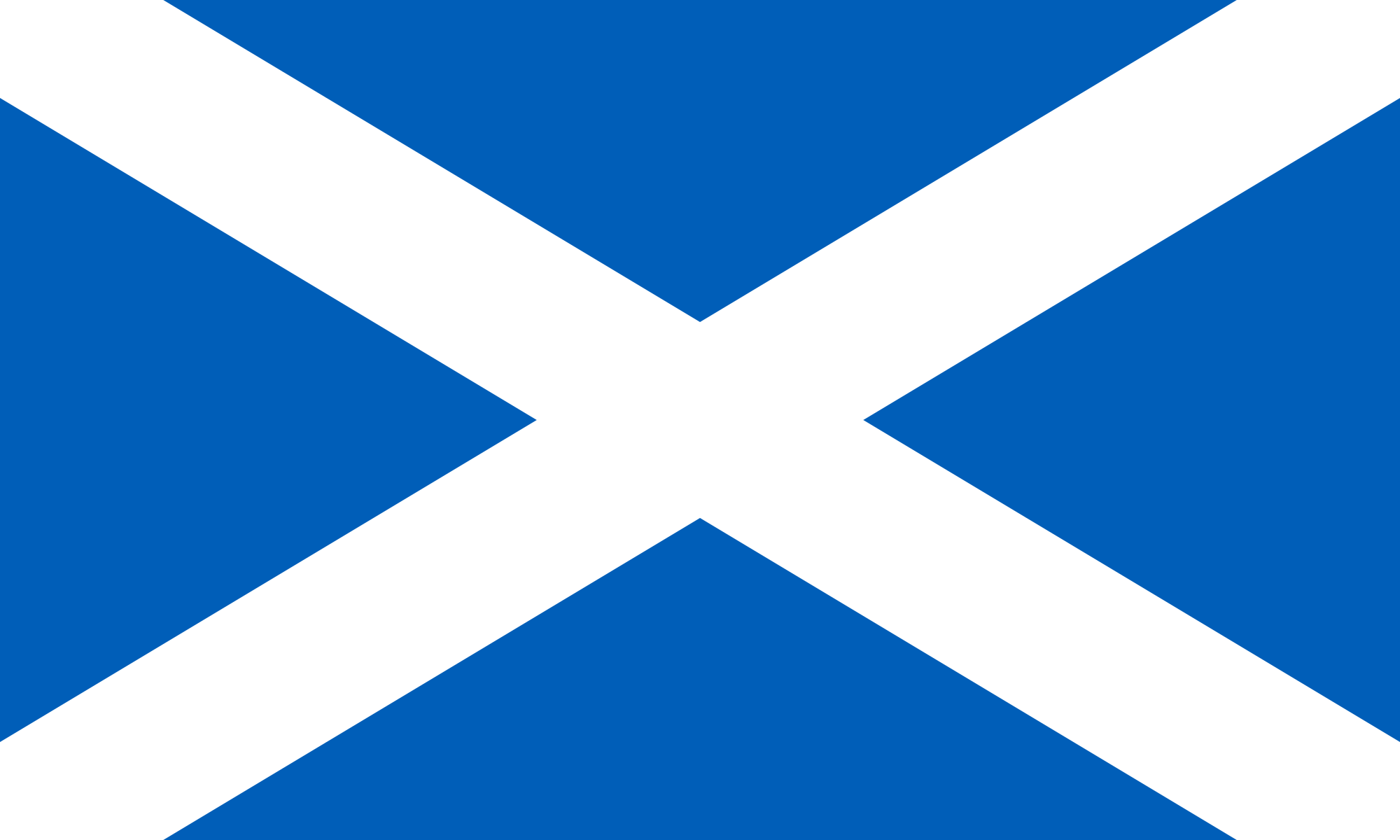Following up on a previous post of M&As in the cybersecurity space – interests and activities are still strong.
RSA for $2.1bn
Another private equity firm Symphony Technology Group (STG) just announced the acquisition of RSA from Dell for $2.075 billion in cash. STG partnered with Ontario Teachers’ Pension Plan Board and AlpInvest Partners in the deal.
Dell acquired RSA when it bought EMC in 2015. RSA has over 12,500 customers according to the statement.
Forescout for $1.9bn
Earlier this month, Forescout was to be acquired by Apax and its partner Crosspoint Capital for $33 per share in an all-cash transaction valued at $1.9 billion.
The purchase price represents a premium of approximately 30% over Forescout’s closing share price of $25.45 on October 18, 2019, the last full trading day prior to the release of the 13-D filings by Corvex Management L.P. and Jericho Capital Asset Management L.P. on October 21, 2019, which disclosed they had formed a partnership to approach Forescout and accumulated a combined 14.5% ownership in the company.
Forescout recorded fourth quarter revenue of $91.3 million, compared to $84.7 million in the fourth quarter of 2018 (+8% growth); full year revenue of $336.8 million, compared to $297.7 million in the full year 2019 (+13% growth).
Armis Security for $1.1bn
In January, Israeli IoT security firm Armis Security announced that it agreed to be acquired by NY-based Insight Partners at a valuation of $1.1 billion.
Insight will pay cash for the cybersecurity company, with participation from CapitalG for $100 million and rollover from some existing stockholders.













